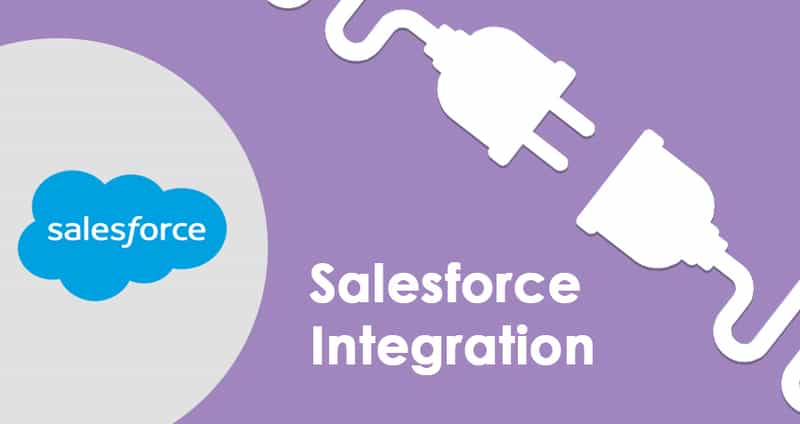Salesforce testing is more challenging than it might look at a first glance. Salesforce is an enormous SaaS system and is a complex platform that provides businesses with effective solutions for various business objectives. Companies rely on CRM systems like Salesforce as they accelerate interaction with clients and help to increase sales, optimize marketing, collect comprehensive analytics and enhance business processes, etc.
Moreover, Salesforce is not a pure CRM system. It is also a platform that provides a lot of ready-to-use Cloud-based services. These include Sales Cloud,an instrument for sales acceleration, Force.com, a platform-as-a-service (PaaS) where independent developers or companies can implement additional modules, and CRM extensions based on the Salesforce platform. In addition to that, Salesforce has Service and Marketing Cloud solutions for customer care and marketing processes respectively. The list of Salesforce products is impressive.
Creating a Salesforce deployment involves putting together integrations and additional Salesforce Cloud solutions along with custom code. Quality assurance is a crucial practice in this development lifecycle since the resulting deployments are typically mission-critical. Thus, automated integration testing for Salesforce brings a lot of value when established properly with a well-organized testing strategy and processes.
The Need For Salesforce Integration Testing
Salesforce testing has developed over the years as the platform evolves. Some test automation technologies became obsolete, ineffective, or not applicable for new technologies such as Cloud solutions, AI systems, etc.
Integration testing is a crucial layer in the testing pyramid for testing Salesforce integrations. Salesforce communicates with numerous 3rd party systems, so the health checks of integration points require detailed validation. Additionally, main business flows need to be covered as they are facing companies directly.
The first thing that should be taken into account is that Salesforce is based on the APEX programming language. Salesforce developers cover new functionality with unit tests and the unit test coverage threshold is set to 75% for builds. That is a necessary part of the development lifecycle required for a test automation engineer before the process of integration tests development is started.
The closer to the main features implementation integration tests are implemented and included to the CI/CD process, the earlier possible defects or broken integration connections could be fixed. The earlier the defects are found, it is cheaper to fix them in terms of overall project delivery, reputation, and financial risks.
Salesforce Integration Testing Approach
There are a lot of technologies for salesforce integration testing: Selenium, Cucumber, QTP, JMeter, etc. However, Salesforce is not just a website with a simple back-end architecture. It’s a tremendous ecosystem that communicates with more than 50 external systems.
Therefore, the classical approach for automated testing is not an optimal one for this particular CRM system. Many custom test automation frameworks could be developed from scratch, but they won’t be universal. Moreover, the Salesforce platform requires a lot of non-typical verifications such as:
- Verification of business flows with the help of ERP and point of sale apps.
- Running tests on various datasets so they can emulate geographies of Salesforce clients.
- Testing of custom interfaces embedded into the existing CRM system.
- Checking end-users behavior when tests are run in parallel in cross-browser setups as
- Salesforce is used extensively.
- Validation of data security for different Salesforce roles and permissions.
Word, PDF, Excel documents validation. - Security assessment and personal information verification need to be conducted attentively.
- Performance verification is crucial for the Salesforce CRM system in order to verify how all integrations survive under high load.
These are just some challenges that should be considered when designing integration tests for Salesforce. Also, when integration tests are designed and implemented, the next important step is their integration into CI/CD pipelines so they become a part of the whole process.
It’s better to use built-in CI/CD integrations that help not only speed up CI/CD configuration but also provide extra integrations with Slack, Jira, etc. for visibility and more intelligent analysis of possible failures, build statuses, and test results. Cloud-based Execution of integration tests helps to optimize costs and verify how the functionality works in all defined browsers and operating systems with the same set of tests.
To sum up, there are the key points that are important for the successful integration testing process of Salesforce:
- APEX-based unit tests should be prerequisites for integration testing in order to avoid re-testing and reduce test maintenance time.
- Integration tests for the Salesforce platform itself and other Salesforce cloud-based solutions require a more thoughtful approach for test strategy implementation and integration tests design as not only UI, API checks need to be implemented for a simple web solution.
- When doing the tool’s analysis for integration testing it’s better to consider modern solutions for automated testing with cloud-based execution of the tests and AI features for tests healing and reports analysis that are provided out-of-the-box.


